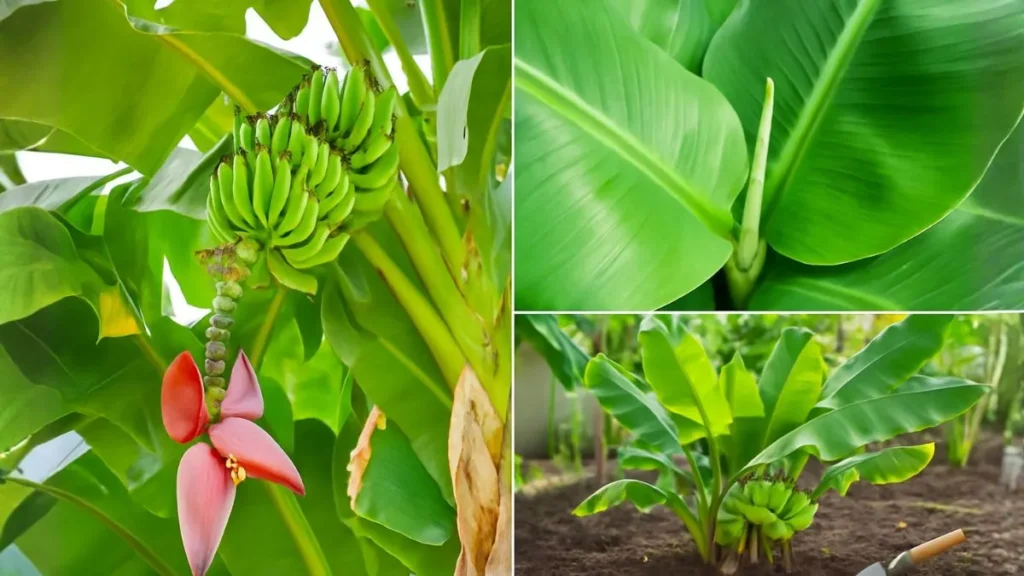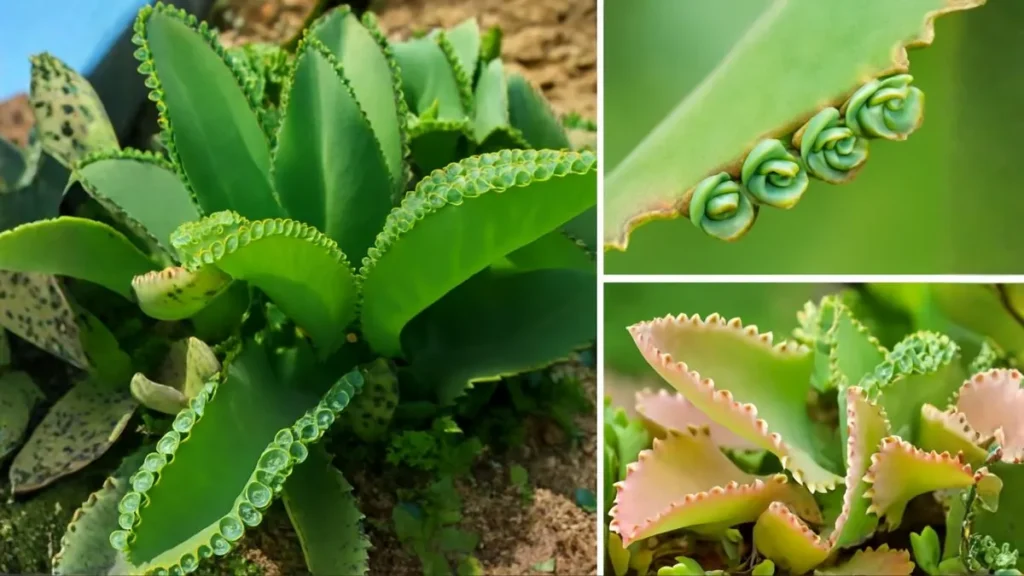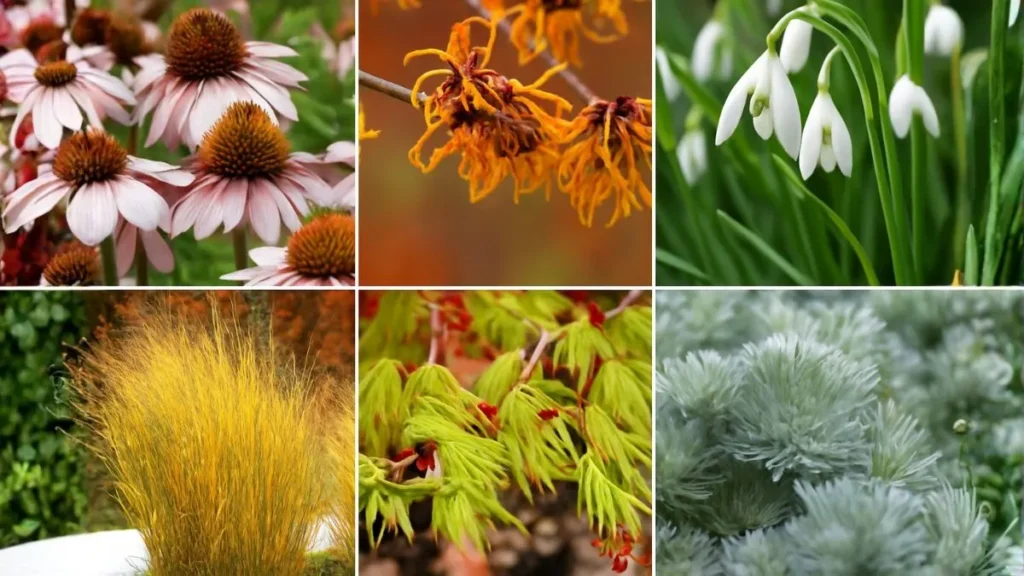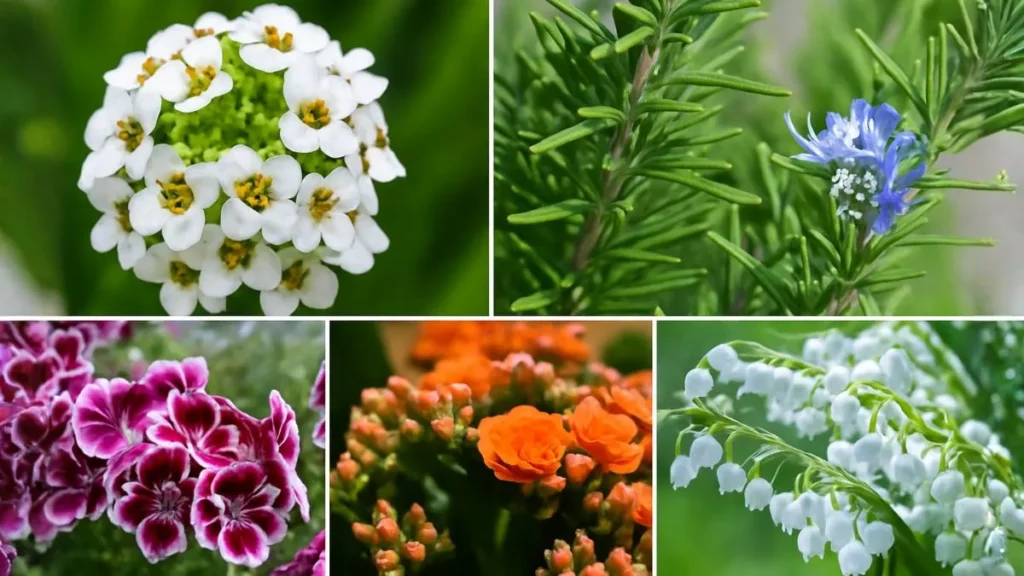For many homeowners across the USA and Canada, dandelions are seen as stubborn weeds that ruin a perfect lawn. But hidden below the surface lies something extraordinary — dandelion roots are a hidden treasure with centuries of use in traditional medicine and modern wellness. Far from being a nuisance, these roots are packed with nutrients and health-promoting properties that benefit both humans and gardens.
Let’s uncover the fascinating story of dandelion roots — their nutritional profile, ecological importance, and healing potential.
1. Nutritional Gold Beneath the Soil
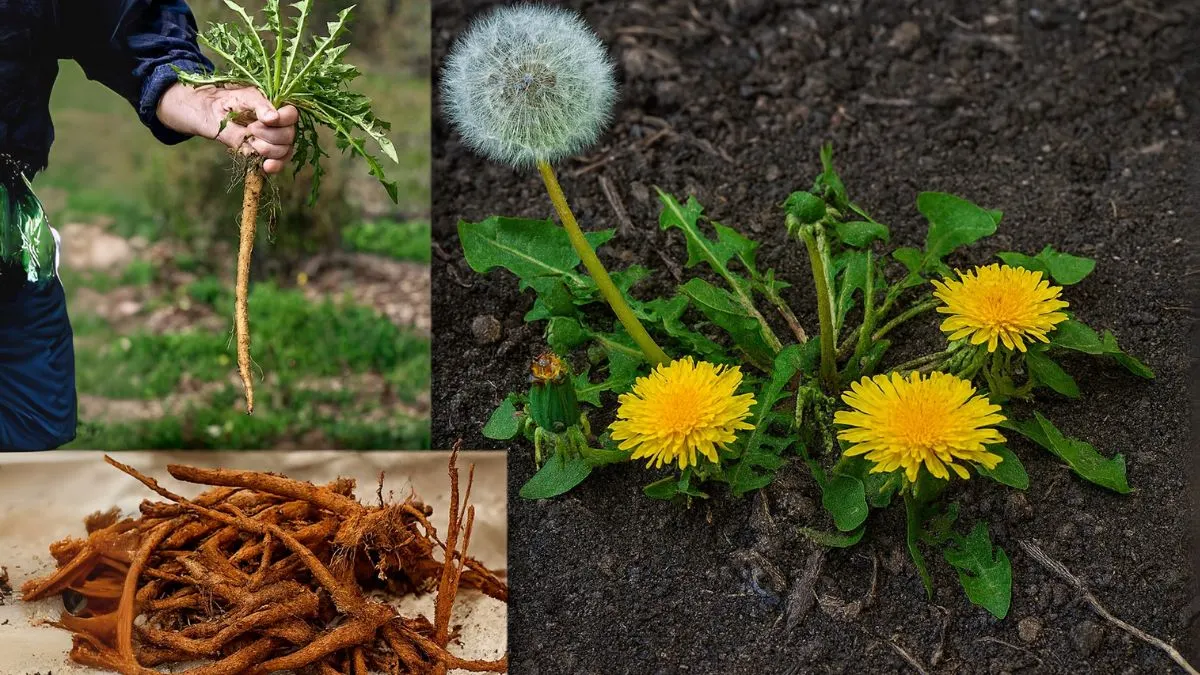
The real power of dandelions lies in their roots. They are packed with nutrients and health-promoting properties, making them a natural wellness booster.
Modern studies highlight that due to their rich content of beneficial compounds like inulin, sesquiterpene lactones, taraxasterol, and triterpenes, dandelion roots play a big role in improving gut health, immunity, and detoxification.
- Inulin supports good bacteria in the gut.
- Taraxasterol is linked to anti-inflammatory benefits.
- Sesquiterpene lactones help with liver support and detox.
💡 Personal Note: The first time I tried roasted dandelion root tea at a farmer’s market in Canada, I was shocked by how much it tasted like coffee — rich and slightly bitter, but without the caffeine crash.

2. Dandelion Roots as Soil Healers
Beyond human health, dandelions are crucial for nature. Gardeners often overlook the fact that dandelions are soil aerators loosening compacted soil, creating channels that allow oxygen and water to move deeper underground.
But that’s not all. Dandelion roots draw essential nutrients from the deeper soil layers. This means important minerals like calcium, iron, and magnesium are brought closer to the surface. As a result, its deep roots pull up nutrients for plants with shallower roots, acting like a natural fertilizer system that improves the health of nearby plants.
For gardeners in North America, this is a game-changer: allowing some dandelions to grow can actually enrich your entire garden.
3. A Complete Plant with Multiple Uses
While roots take the spotlight, it’s important to remember that dandelion leaves, roots, seeds, and flowers may offer health benefits.
- Leaves are vitamin-rich (A, C, and K) and often added to salads or smoothies.
- Flowers are used in teas, wines, and even skincare remedies.
- Seeds help pollinators and contribute to soil fertility.
Still, dandelion roots are a hidden treasure thanks to their unique concentration of beneficial compounds.
Also Read: How Banana Peels and Eggshells Can Transform Your Plants Overnight
4. Dandelion Roots in Modern Wellness
Today, dandelion-based products are popular in health-conscious communities in the USA, Canada, and globally. You’ll find them in:
- Herbal teas and coffee substitutes – roasted roots provide a caffeine-free alternative.
- Supplements and extracts – believed to help with digestion and liver detox.
- Traditional remedies – still used in Chinese medicine and Native American healing practices.
With the wellness trend rising, more people are discovering that dandelion roots are a hidden treasure with a wide range of benefits.
5. Roots vs. Other Parts of the Plant
Here’s how the different parts compare:
Part of Plant |
Benefits |
Why It Stands Out |
Roots |
Detox, digestion, nutrient extraction |
Inulin, taraxasterol, lactones |
Leaves |
Rich in vitamins & minerals |
Great for fresh salads |
Flowers |
Antioxidants, skincare benefits |
Used in teas & herbal remedies |
Seeds |
Soil and ecological health |
Pollinator-friendly |
Every part is beneficial, but the roots remain the nutrient-dense foundation of this misunderstood plant.
6. The Ecological Value of Dandelions
Gardeners often pull out dandelions thinking they harm lawns, but in truth, they help ecosystems thrive.
- Dandelions are soil aerators loosening compacted soil, helping water flow freely.
- Dandelion roots draw essential nutrients deep underground and share them with other plants.
- Its deep roots pull up nutrients for plants with shallower roots, strengthening weaker vegetation.
So, leaving a few dandelions in your yard isn’t laziness — it’s smart gardening.
Also Read: 8 Simple Ways to Supercharge Your Soil
Why Dandelion Roots Deserve Respect
It’s time to change how we see dandelions. They’re not just weeds; they’re powerful plants that support both human health and garden ecosystems.
- They are packed with nutrients and health-promoting properties.
- Dandelion roots are a hidden treasure with a wide range of benefits for detox, digestion, and wellness.
- Dandelions are soil aerators loosening compacted soil, improving land health.
- Dandelion leaves, roots, seeds, and flowers may offer health benefits far beyond what most people realize.
- Its deep roots pull up nutrients for plants with shallower roots, making them allies for gardeners everywhere.
So next time you see a dandelion sprout in your backyard, think twice before pulling it out. Instead, harvest its roots and let them remind you that nature often hides treasures in plain sight.
✅ Dandelion roots aren’t just garden weeds — they’re a natural gift for health, soil, and sustainability.
